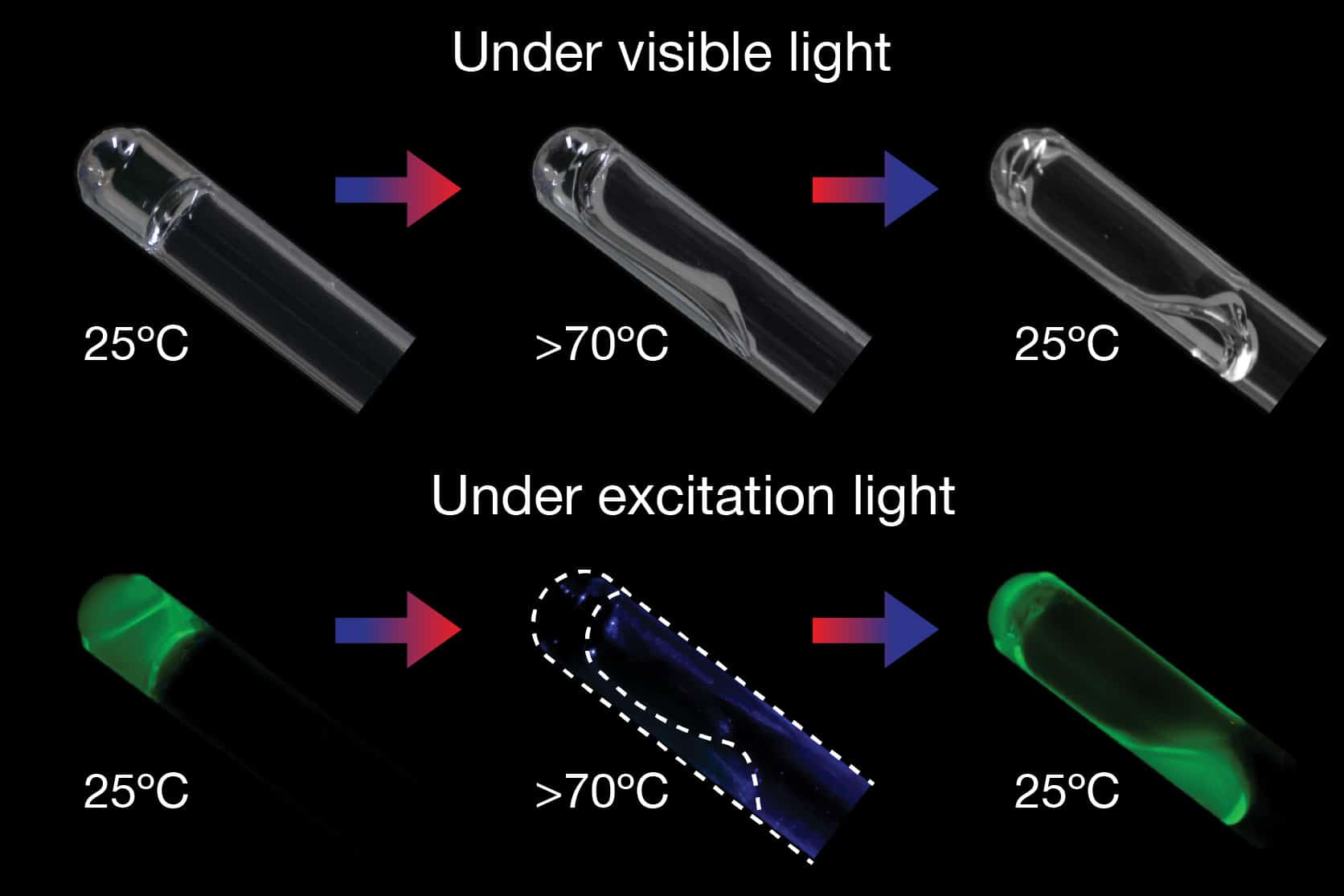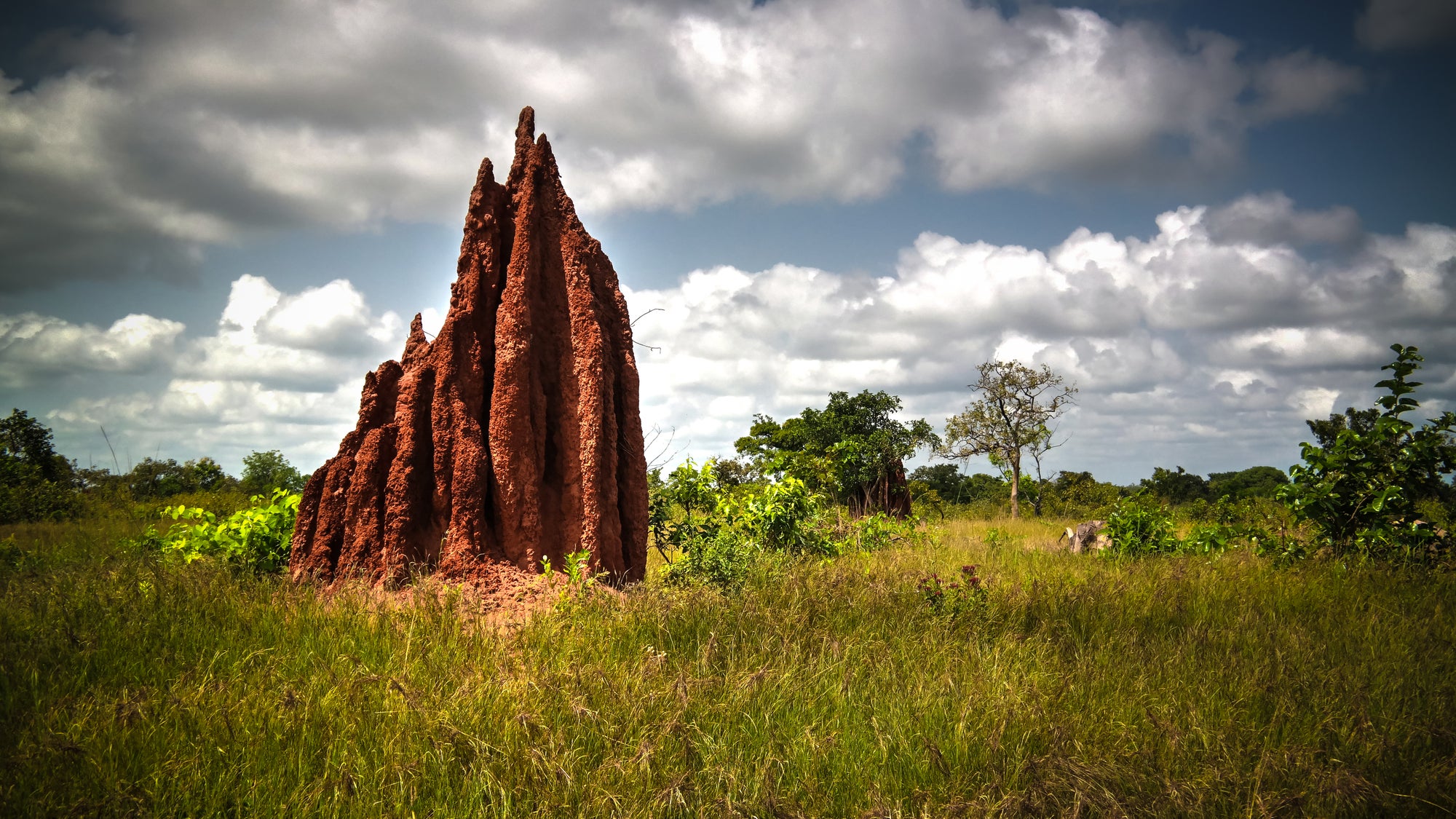Our solar system is believed to formed about 4.5 billion years ago from a dense cloud of interstellar gas and dust. The cloud, which orbited the center of our galaxy, mainly was hydrogen with some helium and traces of heavier elements forged by prior stars.
Our solar system inherited its chemical composition from an ancient star or stars that exploded as supernovae. The volatile compositions of asteroids can also be found in the solar system. Such small bodies record the Solar System’s history and how planets formed. Likewise, they could reveal the origins of Earth’s volatiles.
Earth is believed to have formed partly from carbonaceous chondrite meteorites (CCs). These meteorites possibly sourced Earth’s highly volatile elements.
Carbonaceous meteorites are thought to come from outer main-belt asteroids. Telescopic observations of outer main-belt asteroids reveal a common 3.1 μm reflectance feature that suggests their outer layers host either water ices or ammoniated clays, or both, which are only stable at very low temperatures.
Interestingly, evidence recommends that carbonaceous meteorites are derived from such asteroids. In this manner, the asteroid belt offers numerous questions for astronomers and planetary scientists.
In a new study, scientists at the Tokyo Institute of Technology suggest these asteroidal materials may have formed very far out in the early Solar System. Later, chaotic mixing processes must have transported the material into the inner Solar System.
The team used a Japanese AKARI space telescope and theoretical modeling of asteroid chemical reactions. They found that the surface minerals present on outer main-belt asteroids, especially ammonia (NH3)-bearing clays, form from starting materials containing NH3 and CO2 ice that are stable only at very low temperatures and under water-rich conditions.
The results suggest that outer main-belt asteroids formed in distant orbits and differentiated to form different minerals in water-rich mantles and rock-dominated cores.
Scientists modeled the chemical evolution of several plausible primitive mixtures, simulating primitive asteroidal materials. Through this, they wanted to understand the source of the discrepancies in the measured spectra of carbonaceous meteorites and asteroids. Computer models were used to produce simulated reflectance spectra compared to the telescopically obtained ones.
The model shows that to match the asteroid spectra, the starting material must contain a significant amount of water and ammonia, a relatively low abundance of CO2, and react at temperatures below 70℃. This means the asteroids formed much further than their present locations in the early solar system.
Scientists noted, “In contrast, the lack of the 3.1 mm feature in meteorites can be attributed to reaction possibly deeper inside asteroids where temperatures reached higher values thus, recovered meteorites may sample deeper portions of asteroids.”
“If true, this study suggests that Earth’s formation and unique properties result from peculiar aspects of the Solar System’s formation.”
A further check on this model will be provided by analyzing returned materials from NASA’s OSIRIS-Rex mission.
Lead author Hiroyuki Kurokawa summarises the work, “Whether our solar system’s formation is a typical outcome remains to be determined, but numerous measurements suggest we may be able to place our cosmic history in context soon.”
Journal Reference:
- H. Kurokawa et al. Distant Formation and Differentiation of Outer Main Belt Asteroids and Carbonaceous Chondrite Parent Bodies. DOI: 10.1029/2021AV000568
Note: This article have been indexed to our site. We do not claim legitimacy, ownership or copyright of any of the content above. To see the article at original source Click Here













